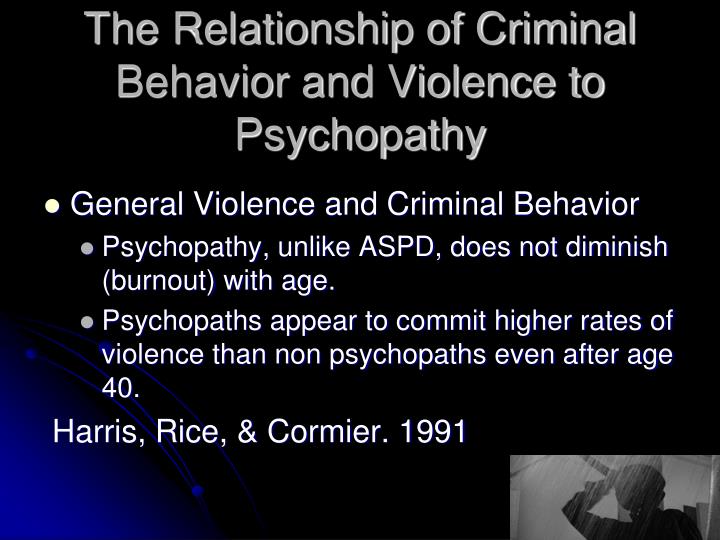

(DSM-5), diagnostic criteria for schizophrenia include symptoms persisting for at least six months and significant difficulty in one or more major functional capacities.
Definition of psychotic break manual#
According to the Diagnostic and Statistical Manual of Mental Disorders, 5th ed. Overall appearance may be normal, or disheveled and unkempt. Level of consciousness and awareness are usually-but not always-intact. 18 Schizophrenia, bipolar disorder, major depression, schizoaffective disorder, and brief psychotic disorder are the most common psychiatric illnesses that present in primary care with psychotic features. Patients with primary psychiatric disorders are more likely to have auditory hallucinations, prominent cognitive disorders, and complicated delusions. These patients may be taking multiple medications with psychoactive effects. In these cases, it is helpful to ask about the temporal course of their symptoms, signs of systemic illness, or recent environmental change, and to obtain collateral information from caregivers. 11 Patients with existing cognitive deficits may present with mixed delirium and psychosis. 17 Delirium, an often reversible or temporary state of confusion with a rapid onset from altered brain function, is most often diagnosed in older or hospitalized populations, but it must be ruled out before reaching a definitive diagnosis of psychosis. 11, 16 For example, if substance use or withdrawal is suspected, it may be difficult to differentiate delirium from psychosis. A key diagnostic distinction must be made between psychotic symptoms caused by delirium, a psychiatric disorder, or a defined medical condition ( Table 1). Prompt recognition of the etiology of psychosis may improve treatment, consultation, and prognosis.Īcute psychosis is primary if it is symptomatic of a psychiatric disorder, or secondary if caused by a specific medical condition. Testing for human immunodeficiency virus infection and syphilis should also be considered. Suggested initial laboratory tests include a complete blood count, metabolic profile, thyroid function tests, urine toxicology, and measurement of parathyroid hormone, calcium, vitamin B 12, folate, and niacin. Tachycardia or severe hypertension may indicate drug toxicity or thyrotoxicosis fever may suggest encephalitis or porphyria. The physical examination should include complete neurologic and mental status assessments.

Collateral history from family members is helpful in establishing the presentation and course of the illness. A subacute onset of psychosis should raise suspicion for an oncologic cause.

Clinicians should ask about recent head injury or trauma, seizures, cerebrovascular disease, or new or worsening headaches. Illicit drug use is the most common medical cause of acute psychosis. If psychosis is caused by a medical condition, the patient may exhibit cognitive changes and abnormal vital signs, and may have visual hallucinations. Patients with primary psychiatric disorders are likely to have auditory hallucinations, prominent cognitive disorders, and complicated delusions. Acute psychosis is primary if it is symptomatic of a psychiatric disorder, or secondary if caused by a specific medical condition. Psychosis is a symptom complex that may include hallucinations, delusions, disorders of thought, and disorganized speech or behavior.


 0 kommentar(er)
0 kommentar(er)
